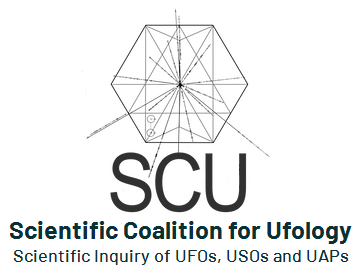nivek
As Above So Below

A Forensic Analysis of Navy Carrier Strike Group Eleven’s Encounter with an Anomalous Aerial Vehicle
ABSTRACT
On November 14th of 2004, the U.S. Navy’s Carrier Strike Group Eleven (CSG 11),
including the USS Nimitz nuclear aircraft carrier and the USS Princeton missile cruiser, were
conducting a training exercise off the coast of southern California when the Navy’s radar
systems detected as many as 20 anomalous aerial vehicles (AAV). These AAVs were deemed a
safety hazard to an upcoming air exercise and the Captain of the USS Princeton ordered an
interception with two F/A-18F Navy jets. This paper examines the publicly available subset of
these data: Eyewitness information from the pilots and radar operators; Freedom of Information
Act releases of four navy documents; and a Defense Intelligence Agency released video taken by
an F/A-18F jet using an AN/ASQ-228 Advanced Targeting Forward Looking Infrared
(ATFLIR). Analytical calculations based on radar notes, testimony from the pilots, and the
ATFLIR video are used to derive the velocity, acceleration and estimated power demonstrated
by the AAV maneuvers. Calculated AAV accelerations ranged from 40 g-forces to hundreds of
g-forces and estimated power based on a weight of one ton ranged from one to nine gigawatts.
None of the navy witnesses reported having ever previously seen military or civilian vehicles
with these maneuvering abilities. Manned aircraft such as the F-22 and F-35 are limited to nine
g-forces27 and the F-35 has maintained structural integrity up to 13.5 g-forces.28 Our results
suggest that given the available information the AAV’s capabilities are beyond any known
technology. The public release of all navy records associated with this incident to enable a full,
scientific and open investigation is strongly recommended.
Full Document 270 pages
.
